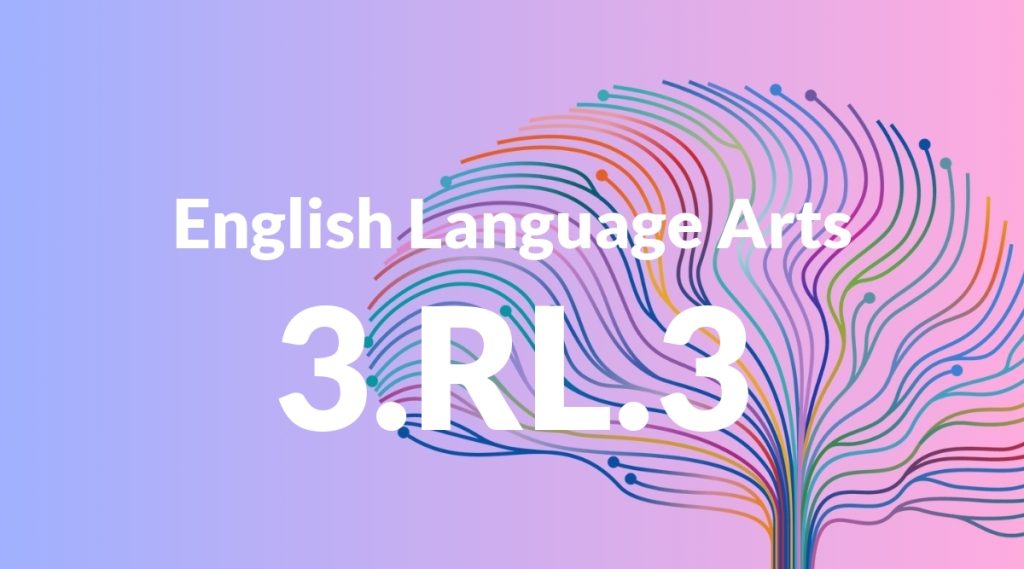Standard: 3.RL.3 – Describe characters in a story (e.g., their traits, motivations, or feelings) and explain how their actions contribute to the sequence of events.
Grade level: Grade 3
Subject: English Language Arts
Domain: Reading: Literature
Teacher Overview
This standard focuses on helping students understand and describe characters in a story, including their traits, motivations, and feelings. It emphasizes the importance of character actions in driving the sequence of events in a narrative. Mastery of this standard is crucial as it lays the foundation for deeper literary analysis and comprehension in later grades. Students should be familiar with identifying basic story elements and have practiced summarizing stories and identifying key details. They should also have some experience discussing characters in simple terms.
After mastering this standard, students will be able to analyze more complex characters and their development over the course of a story. They will also be able to compare and contrast characters from different texts and understand how character actions drive the plot forward.
Common Misconception 1
One common misconception is that students might think characters’ actions are random and not connected to their traits or motivations. This misunderstanding can hinder their ability to analyze and predict character behavior.
Intervention 1
To address this misconception, use graphic organizers to map out characters’ traits, motivations, and corresponding actions. This visual representation helps students see the connections and understand the reasons behind characters’ actions.
Common Misconception 2
Another misconception is that students might believe only the main character’s actions are important to the story. This limited view can prevent them from appreciating the complexity and contributions of secondary characters.
Intervention 2
To counter this, engage students in activities that explore the roles and contributions of secondary characters. Encourage them to analyze how these characters influence the plot and main character’s journey.
Prerequisite Knowledge
Students should be able to identify and describe basic story elements such as setting, plot, and main characters. They should also have experience with basic reading comprehension skills, such as summarizing a story and identifying key details.
Subsequent Knowledge
After mastering this standard, students will be able to analyze more complex characters and their development over the course of a story. They will also be able to compare and contrast characters from different texts and understand how character actions drive the plot forward.
Instructional Activities
- Character trait graphic organizers
- Character motivation role-playing
- Comparing characters from different stories
- Character interviews and hot seating
- Creating character profiles for new stories
- Analyzing character actions in historical events




